Ever feel like everyone’s packing up and moving these days? You’re not imagining it. Across the U.S., folks are trading in their old digs for fresh horizons. Whether it’s the call of the wild, the lure of a bustling city, or just the need for a change, people are on the move. Some are escaping sky-high living costs, others are fleeing extreme weather, and plenty are just looking for a better quality of life. If you’ve noticed more “For Sale” signs in your neighborhood, you’re not alone. So, which states are getting ghosted the hardest? Let’s dive into the 14 states where people are saying “so long” in 2025.
1. New York

Ah, the Big Apple. Once the dream destination for many, it’s now seeing a mass exodus. High living costs, congestion, and the ever-present grind have residents rethinking their choices. The pandemic taught us the value of space and flexibility, and New York’s tight quarters just aren’t cutting it anymore. Even outside NYC, the cost of living across the state has climbed to an all-time high. Property taxes, rent, and groceries are all making it harder for people to justify staying.
A study by United Van Lines found that New York topped the list of outbound moves in 2025. People are trading skyscrapers for open skies, seeking more affordable living and a better quality of life elsewhere. Florida, North Carolina, and Texas have been popular destinations for fleeing New Yorkers. While the cultural scene and career opportunities are still strong, many are asking if it’s worth the financial strain. With more remote work opportunities than ever, plenty are answering “nope” and heading for cheaper pastures.
2. California

Sunshine, beaches, and… sky-high rent? California’s charm is undeniable, but so is its insane cost of living. It’s home to some of the priciest real estate in the country, and even renting in major cities like Los Angeles and San Francisco can drain your wallet fast. The tech boom brought prosperity, but also soaring housing prices that many just can’t keep up with. Taxes in California are among the highest in the U.S., making it even tougher for middle-class families to get by. And let’s not forget the wildfires, droughts, and rolling blackouts, which have added to the list of reasons people are heading elsewhere.
Experts at The Los Angeles Times highlight that the Golden State experienced a significant population decline this year. Residents are fleeing for states like Texas, Arizona, and Nevada, where the cost of living is much lower. Traffic congestion, homelessness crises, and strict business regulations have also contributed to the migration. While California still offers incredible opportunities for those who can afford it, many are realizing they can have a similar lifestyle elsewhere—minus the financial stress.
3. Illinois
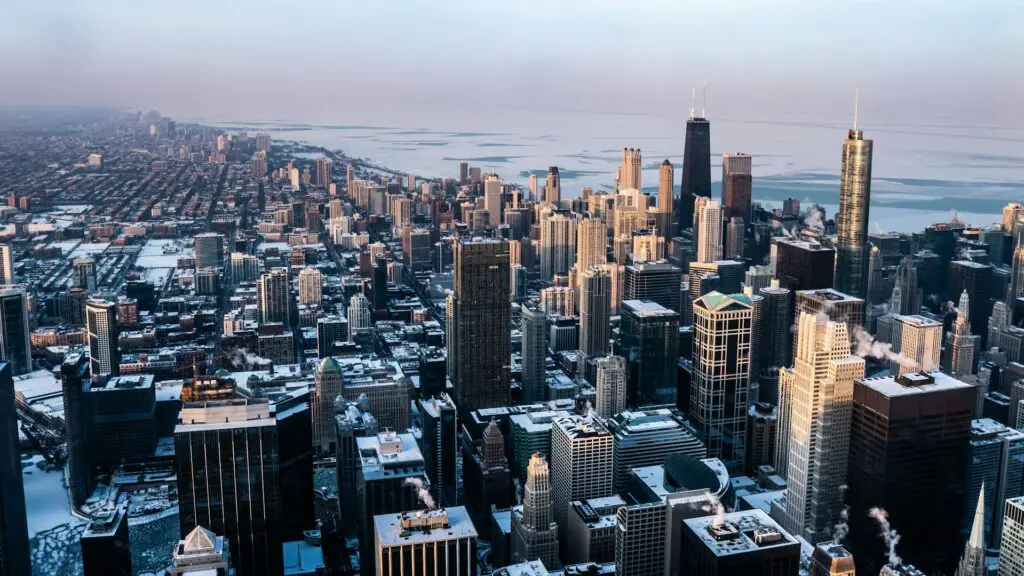
Chicago’s deep-dish pizza might be legendary, but it’s not enough to keep people anchored. High property taxes, frigid winters, and economic challenges have residents contemplating warmer, more wallet-friendly locales. The state has been struggling with population loss for years, and that trend is only accelerating. Many point to Illinois’ financial troubles, including pension debt and increasing tax burdens, as a major factor pushing people out. Even businesses are leaving for states with friendlier tax policies.
Turns out, The Chicago Tribune has some thoughts on this, reporting a steady stream of folks bidding farewell to the Prairie State. Some are heading south to places like Florida and Tennessee, where there’s no state income tax. Others are opting for neighboring states like Indiana, which offer lower costs without straying too far from family. While Chicago remains a vibrant city with a rich cultural scene, many are questioning whether it’s worth the financial trade-offs. The exodus is particularly strong among younger professionals and retirees, who are both seeking better bang for their buck.
4. Pennsylvania

From the Liberty Bell to cheesesteaks, Pennsylvania has its perks. But economic challenges and a desire for sunnier skies are prompting many to pack up and leave. The job market has been slow to recover in some areas, and wages haven’t kept pace with inflation. The state’s older infrastructure and rising tax rates are making it harder for residents to justify staying. Plus, let’s be honest—those long, gray winters can wear you down over time.
A recent Philadelphia Inquirer article reveals that the state is grappling with a noticeable population dip. Many Pennsylvanians are heading to the South, drawn by lower costs and better job prospects. Retirees, in particular, are flocking to places like Florida and the Carolinas for better weather and tax-friendly policies. The departures are raising concerns about workforce shortages and economic stagnation in some parts of the state.
5. Michigan
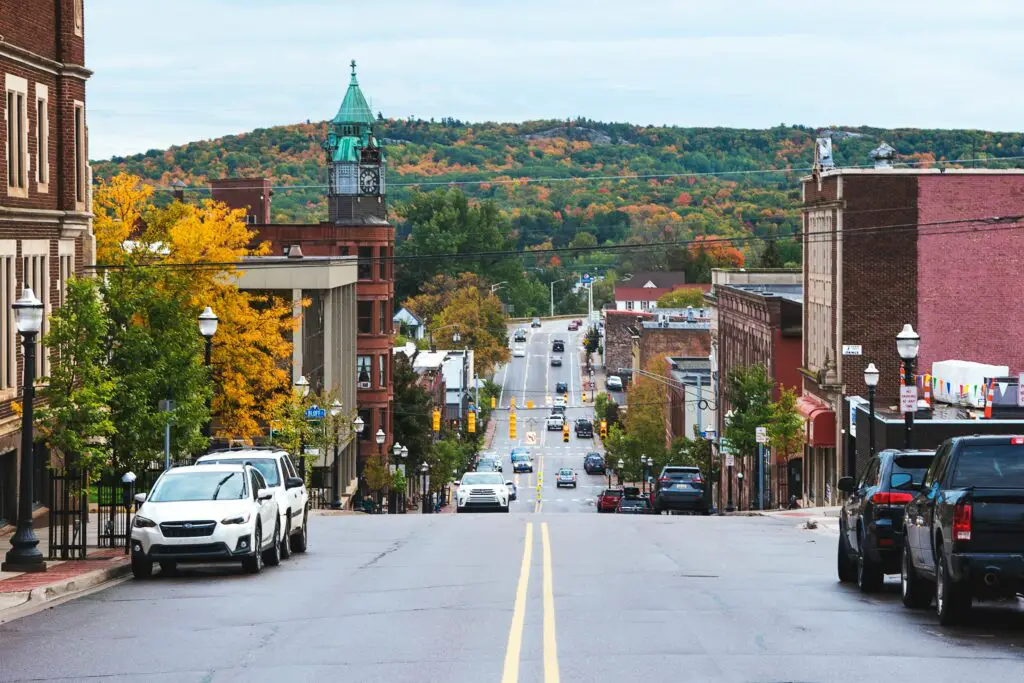
The Great Lakes are stunning, but they’re not enough to keep Michiganders from seeking opportunities elsewhere. Economic shifts and harsh winters are nudging people to explore other options. The state’s reliance on manufacturing jobs, many of which have been automated or outsourced, has left some areas struggling. The cost of living isn’t as high as in places like New York or California, but wages in many sectors haven’t kept up. Factor in the long, cold winters, and it’s easy to see why some are opting for a change of scenery.
Forbes points out that Michigan’s outmigration rate has climbed in 2025. The state is losing both young professionals and retirees to warmer climates and stronger job markets. While cities like Detroit and Grand Rapids have been experiencing revitalization, the overall population trend is still downward. For many, the lure of sunshine, better job opportunities, and lower taxes elsewhere is proving too tempting to resist.
6. Ohio
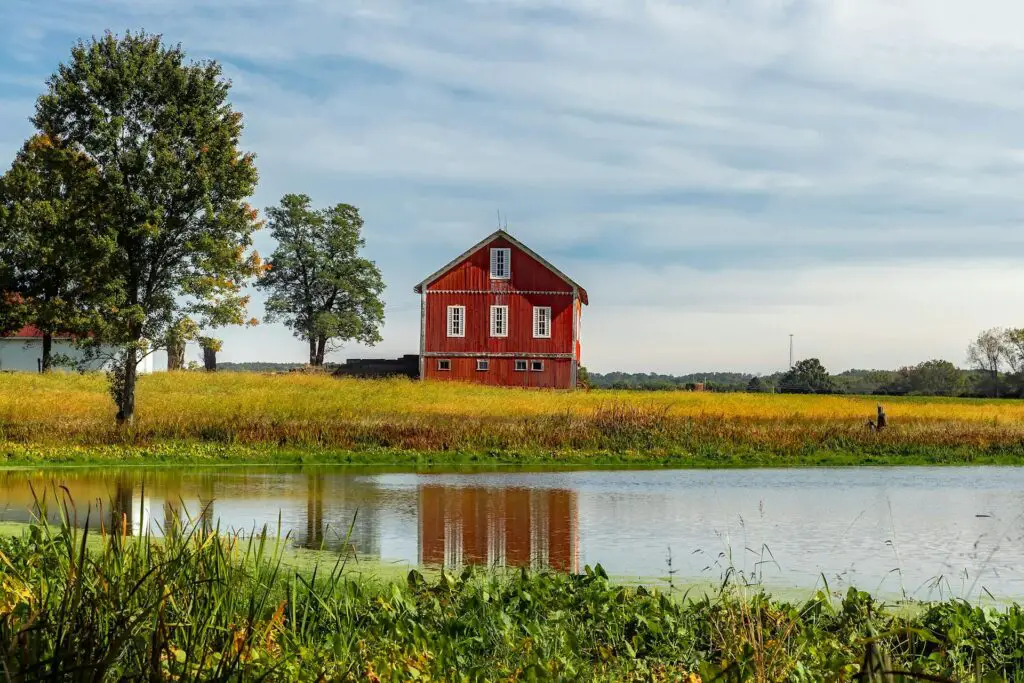
Ohio, with its rolling hills and bustling cities, has been home to many. However, economic stagnation and the allure of coastal states are causing residents to reconsider their roots. The Buckeye State has been dealing with slow job growth in many industries, making it less competitive compared to fast-growing states like Texas or Florida. The younger crowd, in particular, is looking for better job markets, more exciting nightlife, and a more progressive atmosphere. Columbus has remained a tech and business hub, but cities like Cleveland and Cincinnati have struggled to keep pace.
The state’s aging infrastructure and limited public transportation options add to the list of grievances. Many professionals working remotely are finding they don’t need to stick around for job opportunities, so they’re heading to states with better weather and lower taxes. Ohio’s harsh winters, combined with high property taxes and stagnant wages, are pushing both retirees and young professionals to explore new options. For those chasing warmer climates and thriving economies, Ohio is becoming easier to leave behind.
7. Massachusetts
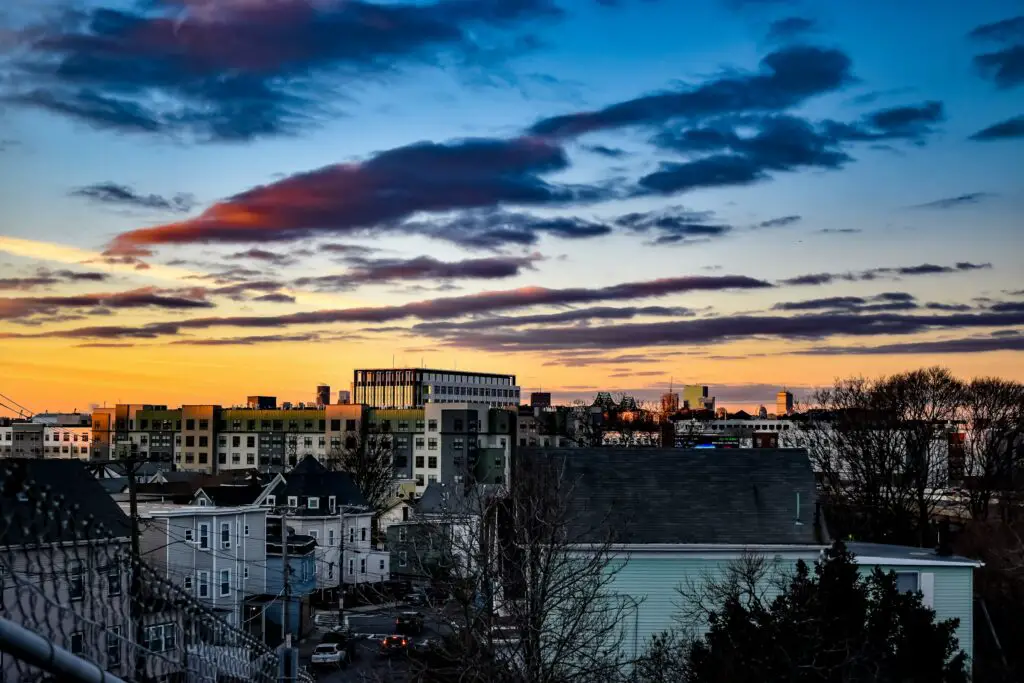
Home to prestigious universities and rich history, Massachusetts boasts intellectual charm. Yet, the high cost of living and brutal winters are prompting many to look elsewhere. Boston, while a cultural and educational mecca, has housing prices that make homeownership nearly impossible for younger generations. Even those with stable careers are finding that their salaries don’t stretch far in a state where rent and taxes keep rising.
Additionally, the state’s competitive job market can be a double-edged sword, leading to high stress and burnout. Some residents are growing tired of the work-hard, play-little lifestyle that comes with high expectations in industries like finance, healthcare, and tech. The suburban areas, while idyllic, don’t always meet the needs of those looking for affordability or job opportunities. As a result, there’s a growing trend of people relocating to states with a lower cost of living and milder climates, seeking a better work-life balance.
8. New Jersey

The Garden State offers proximity to major cities and beautiful shorelines. However, high property taxes and congestion are significant drawbacks. The cost of living continues to climb, making it increasingly difficult for middle-class families to sustain their lifestyles. Even though New Jersey benefits from being close to New York City and Philadelphia, the trade-offs—high tolls, long commutes, and expensive real estate—are making residents question whether it’s worth it.
Many are finding that neighboring states provide similar amenities without the hefty price tag. Pennsylvania, Delaware, and even Florida are seeing an influx of former New Jerseyans looking for lower costs and better weather. Traffic congestion and a high cost of doing business have also pushed companies to relocate, taking job opportunities with them. With more people embracing remote work, the need to live near expensive metro areas has diminished, accelerating the migration trend.
9. Connecticut
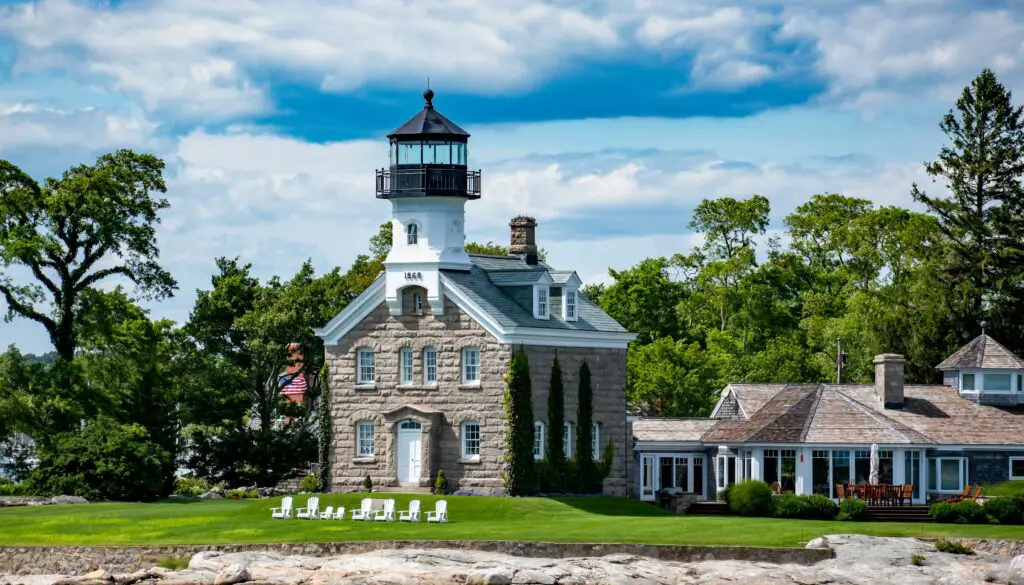
With its picturesque towns and affluent reputation, Connecticut seems idyllic. But the state’s high taxes and living costs are driving residents away. The job market, while strong in finance and healthcare, lacks the diversity needed to attract younger professionals. Many of the state’s most educated workers are taking their talents elsewhere, particularly to states with more dynamic urban centers and lower taxes.
The suburban charm, while appealing, doesn’t always meet the needs of those looking for vibrant city life or more affordable housing options. As a result, there’s a noticeable trend of people relocating to states that offer better economic opportunities and a lower cost of living. Even retirees, who once saw Connecticut as a great place to settle down, are looking elsewhere due to estate taxes and the cost of healthcare.
10. Louisiana
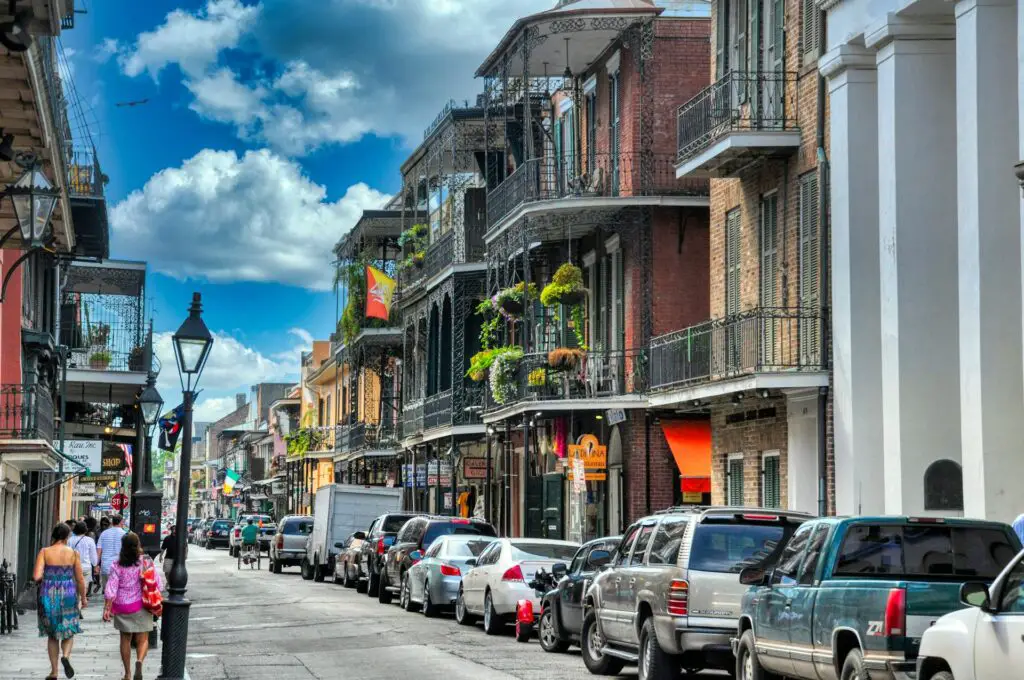
Known for its rich culture and vibrant festivals, Louisiana is a state full of life. However, frequent hurricanes, economic challenges, and high crime rates are causing residents to reconsider their long-term plans. New Orleans, while an iconic city, has been struggling with crime, rising insurance rates, and an increasing cost of living. Many businesses have left, further limiting job opportunities for residents.
Additionally, the state’s educational and healthcare systems face ongoing struggles, prompting families to seek better opportunities elsewhere. The constant threat of extreme weather has also made home insurance increasingly expensive, leading many to move to states where natural disasters aren’t such a regular concern. While Louisiana’s culture is irreplaceable, for many, the financial and safety concerns outweigh the benefits of staying.
11. Mississippi
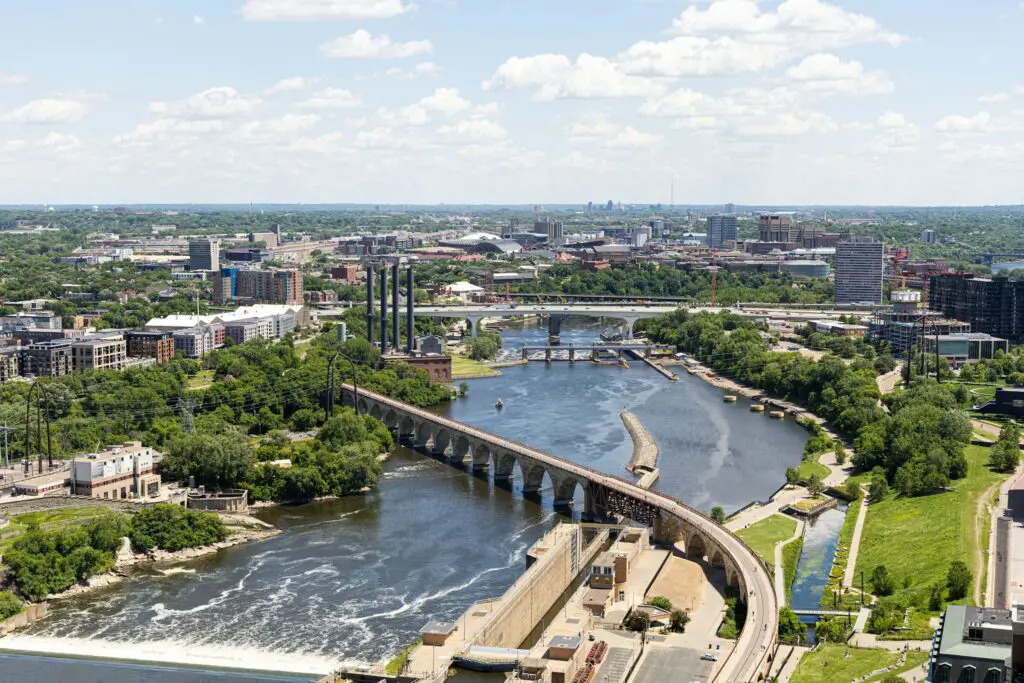
Mississippi’s southern charm and hospitality are renowned. Yet, economic hardships and limited job prospects are pushing residents to explore options in more prosperous states. The state consistently ranks near the bottom in education and healthcare, making it a tough place for families looking for long-term stability. The job market has remained sluggish, and young professionals often leave to find better opportunities elsewhere.
As industries evolve, the lack of diversification in Mississippi’s economy leaves workers seeking stability in other regions. The state’s infrastructure and wages have not kept pace with national trends, leading to a steady population decline. While Mississippi has a low cost of living, the trade-offs in education, job opportunities, and healthcare access are driving many residents to leave.
12. West Virginia

The Mountain State offers breathtaking landscapes and a close-knit community feel. However, a declining coal industry and limited economic diversification are prompting residents to move. West Virginia has struggled with job creation, and many younger residents see little incentive to stay. The opioid crisis has also hit the state particularly hard, contributing to social and economic struggles.
The state’s rugged terrain, while beautiful, can also pose challenges for infrastructure development and accessibility. Limited broadband access and fewer job opportunities in tech and finance make it difficult for workers to thrive. As a result, many are relocating to states with more urban development and a stronger economy.
13. Kansas
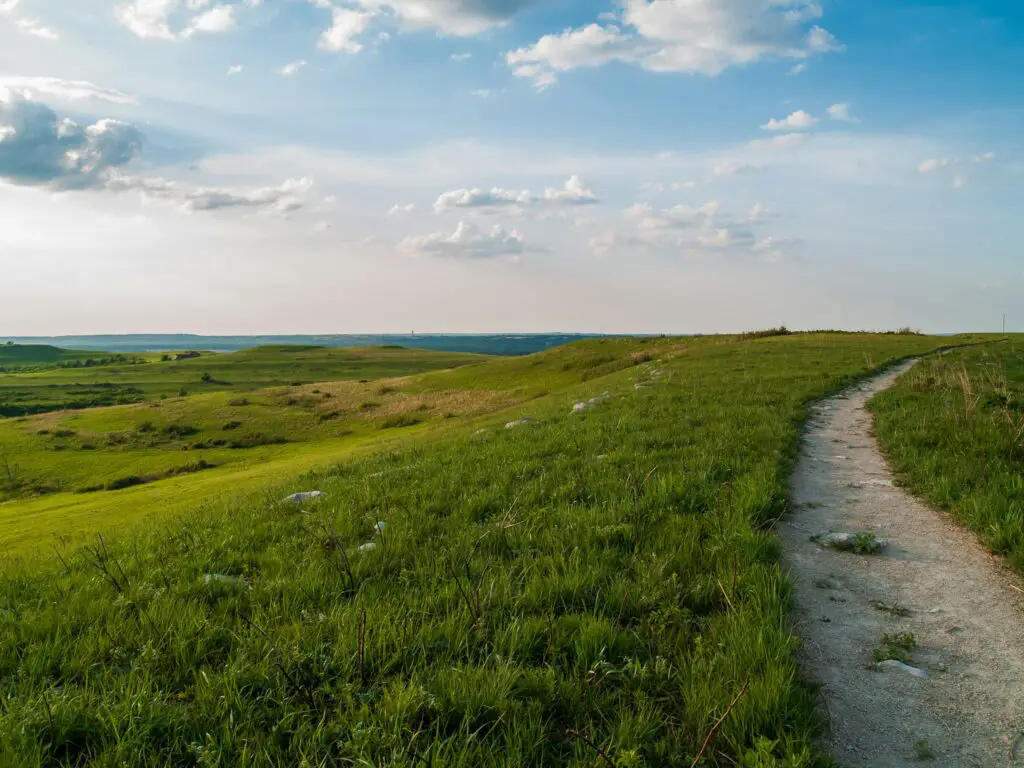
With its vast plains and agricultural roots, Kansas is the heartland of America. However, a lack of urban amenities and limited entertainment options are causing younger residents to seek excitement elsewhere. While the cost of living is relatively low, wage growth has been slow, making it harder for families to get ahead financially. Many professionals are moving to states with booming economies, such as Colorado or Texas, where opportunities are more plentiful.
Additionally, the state’s conservative policies may not resonate with everyone, prompting some to relocate to more progressive environments. The slow pace of change and limited job diversity have made it difficult for Kansas to retain younger workers. As a result, the state continues to experience a population decline.
14. Alaska
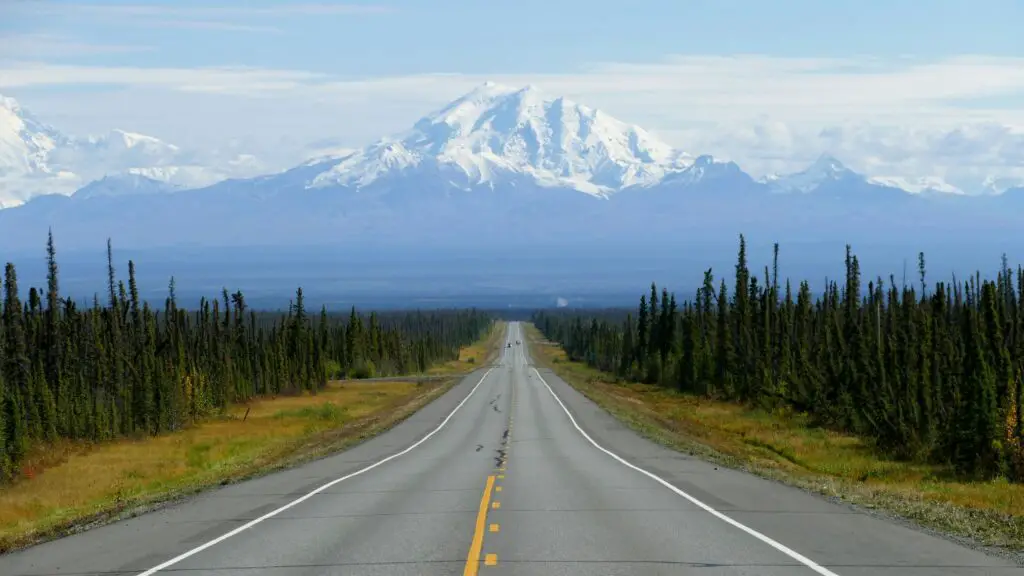
The Last Frontier offers unparalleled natural beauty and adventure. But its remote location and harsh winters are significant deterrents for many. The high cost of goods and limited access to services add to the challenges of living in Alaska. For many, the novelty of life in Alaska wears off when faced with six months of darkness and expensive necessities.
While the allure of the wild is strong, practical considerations are leading residents to move to the lower 48 states. The desire for milder climates, more job opportunities, and closer proximity to family and friends is driving this migration trend. Though Alaska remains a dream for outdoor lovers, the practical challenges are making it less appealing as a permanent home.
